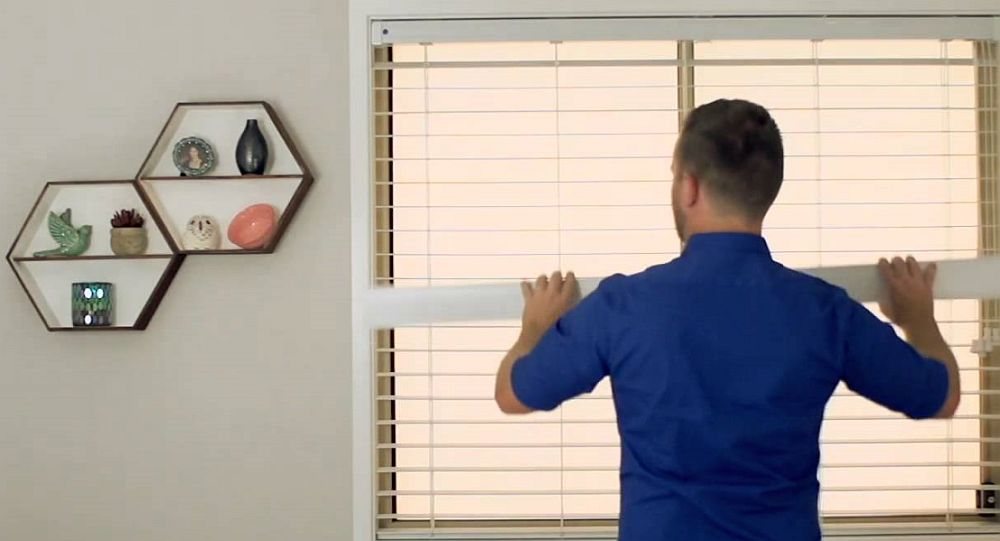For anyone seasoned in the search for blinds online it’s by now very apparent that there’s a blind for every need and application. You may be searching for roller blinds online, for their great practical qualities, or roman blinds online for their classic appeal. Blinds are available for every room of the house and every imaginable function; they can also be tricked up or toned down by pairing them with curtains or sheers.
However, amid the great abundance of online blinds, there are a couple of old favourites in the world of window coverings that, having taken a back seat in recent years, deserve a second look: timber blinds, (also known as timber venetian blinds) and vertical blinds. While superficially different, these two blinds operate according to a similar principle; the ability to control light and heat entering an interior due to their slatted structure.
Of course they also each offer their own unique properties:-
Regarded as a failsafe classic, good timber venetians look great in any room of the house and have added functional benefits, providing shade in the warmest months, while allowing the sun to shine in during winter and enabling views to the outside. Installed correctly and considered in line with the dominant décor of the house, they create a classic look that also manages to be contemporary, adding an understated touch of beauty to any home. If you’re looking for venetian blinds online, make sure to invest in high quality timber blinds made from premium grade timber such as Cedar and built to last. Lower quality versions can often be prone to bowing, warping and splitting, which creates an unsightly appearance and also compromises the functionality of the product.
Another classic, vertical blinds are increasingly being sought due to their useful combination of blind and curtain, blending the functionality of a flexible light control due to variably movable vertical blinds and providing solar protective features with a clean, no-nonsense aesthetic. While they’ve previously been reserved for more functional applications such as offices and commercial buildings, their merits in residential décor are becoming apparent. For one thing their vertical thrust elongates windows, making them and any room in which they’re installed, appear higher than they really are. Consumers can now purchase vertical blinds online in different contemporary colours and designs and they are in fact highly suited for current trends in interior design in which clear lines are dominant. Another benefit of vertical blinds is that they can be easily installed and can be either inside or outside mounted. Most come with a valance, which is used to cover the top mechanism of the blind.
For those searching for blinds online Australia has a great offering of both venetian blinds online and vertical blinds online. Given the clean, no-fuss aesthetic of many Australian homes and the demands of the local climate, it certainly makes sense to consider either or both of these two reliable, cost-effective and useful window coverings as part of your décor scheme.







